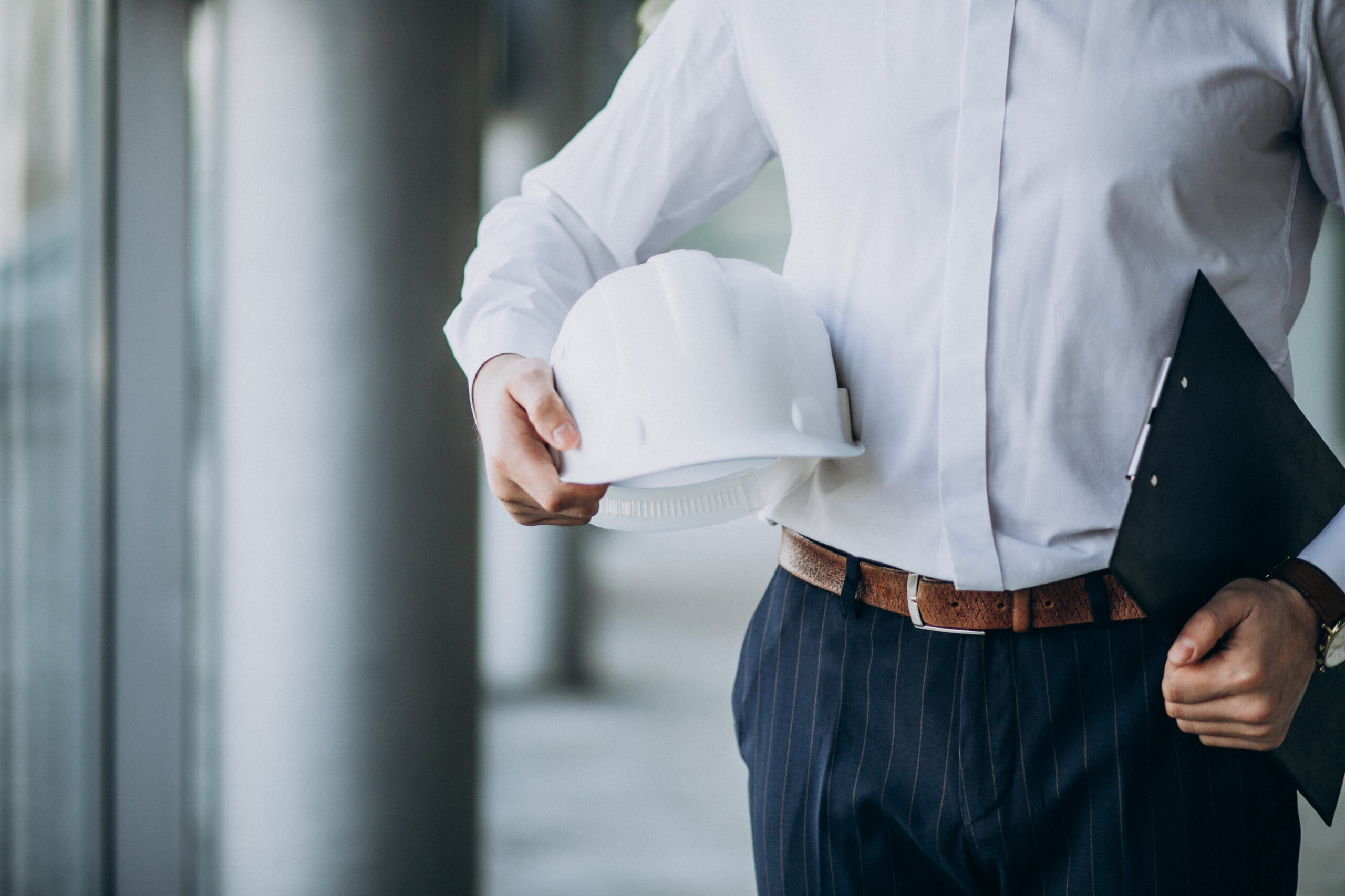For several decades cast iron sewer pipes were the standard of the American pipe infrastructure. However as time has moved on, those pipes continued to deteriorate and rust– weakening the pipe system and compromising the water safety for citizens. However, there is an easy and affordable solution to ensuring that the integrity of the system lasts: epoxy pipe lining. Epoxy pipe lining is a way to slip a “protective sleeve” into the affected area, inflate it, and cure it in place so that the aging or broken pipeline is able to withstand the elements. Epoxy lining sewer pipes is especially critical because the water and sewage that carries waste away from a person’s home could seriously contaminate the leakage area. Dirt clogs, small animals, or other natural incursions could also enter the failing pipe system and damage it further. When you rely on Advantage Reline to handle your epoxy pipe lining, that helps to ensure your own safety, as well as the safety of others in your community.
How Does It Work?
Advantage Reline uses epoxy pipe linings in two major processes: Cured-In-Place Pipe Relining (CIPP) and Sprayed-In-Place Pipe Relining (SIPP). Both of these repair methods use epoxy differently, are trenchless repair methods that require no excavation, and are quick to set and cure.
For a SIPP service, we first need to drill a small hole into the ground and thread a small camera through to survey the full extent of deterioration or damage. After that, we thread a small machine through the hole and begin to spray a resin-epoxy-based mixture on the walls of the pipe in order to strengthen the walls of the pipe. By doing so, this epoxy mixture sits and cures against the walls of the pipe, creating a hardened shell that prevents outside incursions and seals the environment of the pipe.
However, for a CIPP service, we take a different approach. Like a SIPP service, we begin by threading a camera into the repair area and survey the situation. However, we then thread an epoxy liner through the entire length of the repair area, inflate it, and cure it in place with either hot water, steam, or even UV light.
Pros of Epoxy Pipe Lining
Both of these epoxy pipe lining methods are quick to cure in place and reliably reinforces the deteriorating pipe exterior from further damage. Each of these methods is guaranteed with a 50-year lifetime warranty that will last the elements and ensure that your pipes are protected from further natural damage.
Since both of these methods are able to be implemented so quickly, this means that you’re able to reopen your home or place of business within a few hours. They only take a few hours to cure into place, and they require little cleanup. As forms of trenchless pipe repair, this means that there is no excavation required, no large equipment, and that we make sure that you feel peace of mind knowing that your repair was carried out so quickly.
Cons of Epoxy Pipe Lining
One of the biggest “cons” of epoxy pipe lining comes from the fact that it is guaranteed to last: it’s permanent. Since epoxy is permanent, that makes it difficult to make changes if you need additional types of work performed. The lining may also reduce pipe diameter, and may not comply with the original building and permitting codes. Before you opt for an epoxy pipe relining, check with your city’s Local Building Code Department to make sure that your repair methods fit within the scope of regulation. When you schedule service with Advantage Reline, we ensure that you’re taken care of. We believe that pipe relining strengthens communities the same way that it strengthens your pipe infrastructure. Reach out today to learn more about how our team can help your home, your business, and your community.






